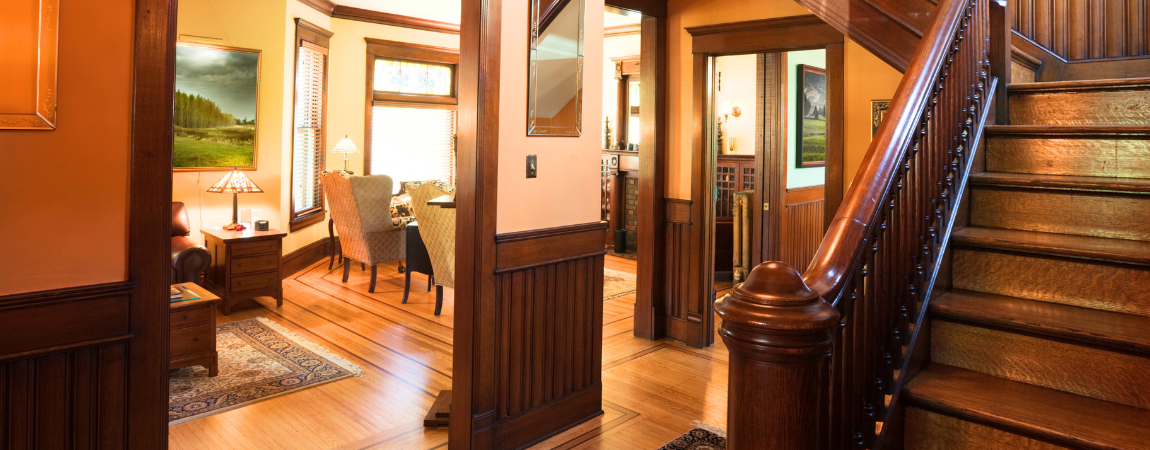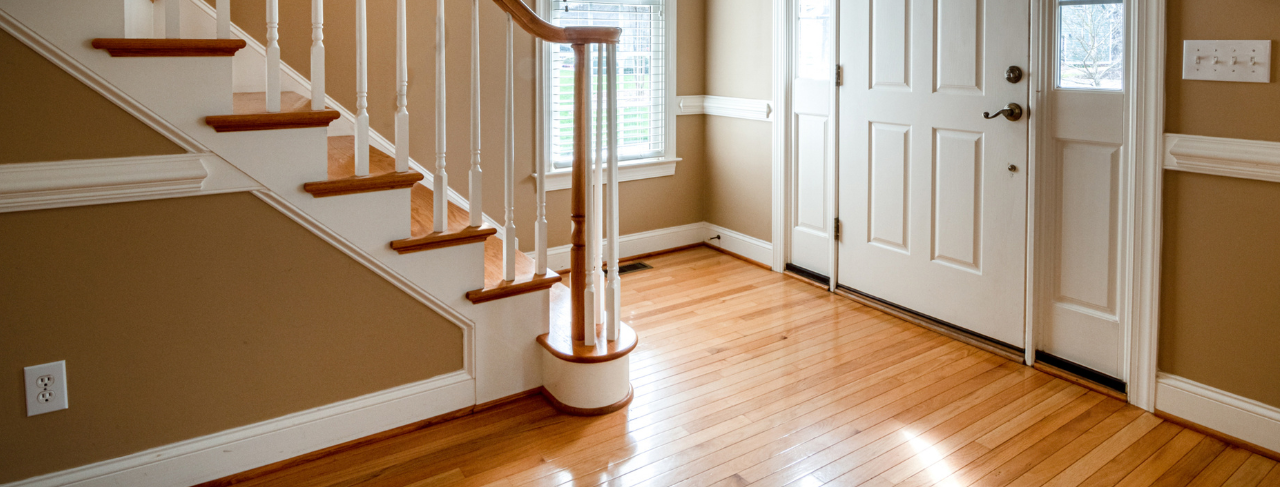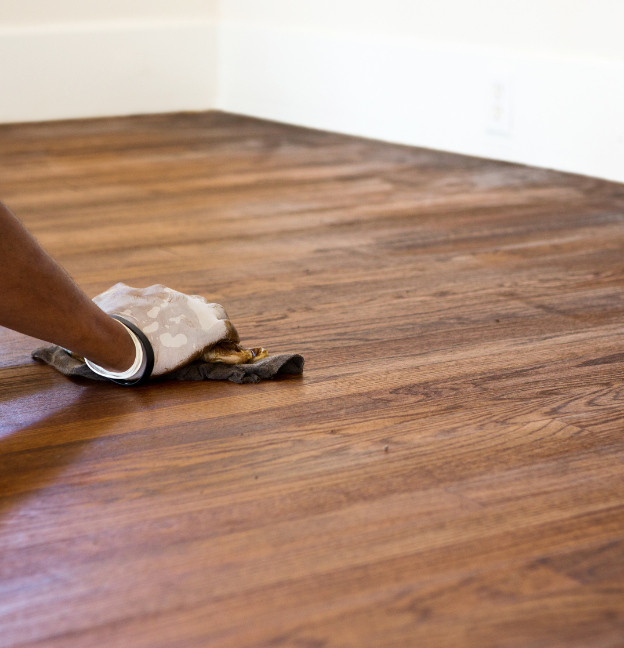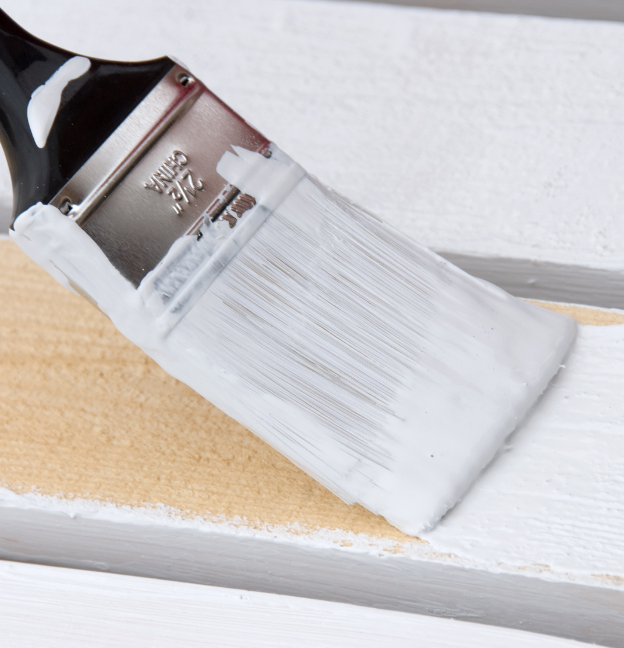
Restoring Woodwork in Historic Homes with the Right Paint
Posted on March 19, 2024
Restoring the beauty of wood in historic homes can be a difficult task. However, it is a crucial step in bringing your historic home back to its former glory. Each era and type of home has unique, intricate woodwork styles, and the time frame and style of your home needs to be considered before the restoration process can begin.
CertaPro Painters® are trusted painters with the expertise to restore woodwork in historic homes. In this article, we share all you need to know about taking care of wood in homes from the past.
Painter’s Tip: Make sure you check withany historical societiesor city officials before you apply paint! There are certain rules to painting historic properties, and it is always better to be safe than sorry.

Steps for Restoring Woodwork in Historic Homes
Historic woodwork serves as a window into the time periods in which a home was constructed. Whether it’s the carvings of Victorian homes or the simple, elegant lines of Colonial designs, each antique finish tells a story. Taking time to preserve your home’s woodwork helps maintain the charm of the home and highlights the craftsmanship of the era. Here are the key steps to following for restoring the wood in your historic home:
Step 1: Assess the Condition of the Wood

Before diving into your wood restoration project, it is essential to check in on the condition of the wood in your historic home. Look out for common issues such as:
- Peeling Paint: Over time, layers of paint may have peeled off, revealing the raw wood underneath.
- Rot: Moisture and age can lead to wood rot, compromising its structural integrity.
- Cracks and Damage: Inspect for cracks, splits, or other damage that may have occurred over the years.
These issues should be taken care of before any paint is applied. Because older wood can impose unique, difficult challenges, it is probably best to work with a professional for these fixes. Some painting companies will be able to assess and repair your historic wood. CertaPro Painters®, for example, offers light carpentry and repair services, ensuring that any woodwork remains beautiful for generations to come.
Step 2: Prepare for Wood Painting

Preparation is likely the most important step to a successful restoration project. After all, spending time on preparation not only enhances the appearance of the wood, but also ensures its longevity and durability. Here are a few ways to prepare for your wood painting project:
- Cleaning Off Old Paint: Removing old, flaking paint layers provides a clean and smooth canvas for the new finish. Cleaning off old paint will also allow the new paint to adhere properly, resulting in an overall more even look.
- Addressing Damage: As stated previously, addressing previously existing damage is essential. Whether it is filling in cracks or repairing rot, fixing these issues will help with the structural integrity of the woodwork and prevent deterioration in the future.
- Smoothing the Wood: Sanding and smoothing the wood surface create an ideal base for any paint you apply further down the restoration process. The process will make the wood more uniform as well, leading to a better end result. This step can be difficult for intricate woodwork, so be extremely careful to take your time and consider which areas need to be sanded.
- Choosing the Right Paint: Selecting the appropriate paint color is not just about aesthetics. It’s essential to choose colors that align with the home’s historic context. Additionally, using the right type of paint specifically formulated for woodwork is critical.
Step 3: Properly Apply Paint

Applying the paint to historic woodwork can be intimidating. In this step, you’ll need a careful touch and attention to detail. When it comes to painting woodwork in historic homes, precision is the top priority to achieving a flawless and enduring finish. After all, the woodwork in historic homes often boasts intricate designs, ornate moldings, and unique characteristics. Here are a few tips to get the best paint job possible:
- Priming: A high-quality primer not only helps the paint adhere better to the wood surface but also enhances the durability and longevity of the finish. It provides a protective barrier, preventing moisture penetration and ensuring that the paint stays vibrant and intact over time.
- Painting Techniques: There are a few painting techniques to make painting intricate wood architecture easier. Using precise brush strokes, careful roller application, and meticulous attention to detail can bring out the unique element of the your home’s woodwork and create a beautiful result.
- Sheen Selection: Consider the sheen level (gloss, satin, or matte) based on the wood’s location and purpose. Each sheen has distinct characteristics, affecting both aesthetics and practicality. Selecting the right sheen level ensures that the painted woodwork not only looks beautiful but also meets the functional requirements of each specific area, enhancing the overall appearance and longevity of the finish.
Restore Your Historic Home’s Woodwork with CertaPro Painters®
The teams at CertaPro Painters® offer quality craftsmanship, historical awareness, and a commitment to excellence. With our expertise and practiced approach to painting historic homes, your home will retain its beauty and continue to impress with its beautifully refreshed and rejuvenated woodwork.
Get started with our trusted team by calling our office or filling out our free, no-obligation form.





